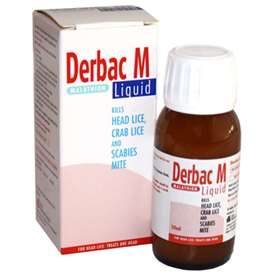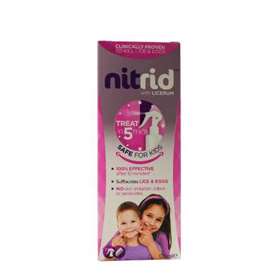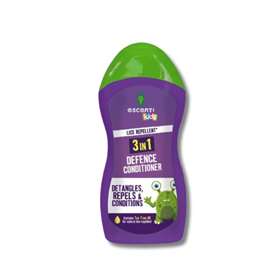What are Head Lice?
Head Lice are miniscule, wingless parasitic insects, ranging in size up to 3mm, that survive by sucking blood from the human scalp. Before feeding they are translucent, after, grey or brown. 'Nits' are the empty lice egg cases that cling tightly to the hair, sometimes remaining for months after eradication of the actual lice. Head lice treatments should only be applied on evidence of live lice, not simply nits. The most common symptom of a lice infestation (known as 'pediculosis') is itching, but this symptom may not manifest itself early in the infestation – it may not develop for weeks or months. Not all sufferers experience an itchy scalp, so don't rely on this symptom as evidence - older people in particular are less likely to experience this symptom.
What are Nits?
Nits are lice eggs and lice nymphs. It is these small white nits that people most commonly associate with head lice as they are often the first thing spotted. It is important to remove nits before they hatch. For nit treatment, please see the head lice treatment section further down the page.
How do you get Head Lice?
An infestation of lice is not an indication of poor hygeine, and likewise clean hair is no prevention against lice. With female lice laying up to 150 eggs per month, the lice population is abundant, and constantly looking for a new home – the only stable environment for lice being the human scalp. Unable to fly or jump as sometimes presumed, lice are spread by direct / close contact, from one head to another or via the sharing of brushes and clothing. Lice do not discriminate, and have no particular preference for age or gender, so everyone is at risk and should be checked.
How do I identify Head Lice?
If a headlice infestation is suspected, the first step is detection. A thorough examination of the scalp with a
comb is the most effective method. Coloured
combs are recommended as they do not detract from the lice's visibility. Treatments are not necessary or encouraged unless you find living, mobile lice.
How do I treat Head Lice and Nits?
Head lice and their eggs must be destroyed in order to completely eradicate an infestation. The most common and traditional treatment has been an insecticide based lotion, shampoo, or cream - the most popular brands being:
Derbac,
Lyclear,
Full Marks &
Hedrin. There is also now a range of 'alternative' treatments for head lice including electric combs such as the
Oris Robi Comb. Be sure to follow all product instructions carefully to maximise their efficiency and increase the chance of success. After the initial treatment, it is recommended that you repeat the procedure again seven days later to eradicate lice that may have hatched since the first application. Again, check for live, moving lice rather than nits. Itching may not subside for up to 2 weeks after successful eradication, so visual examination is still paramount. If the infection persists after two treatments, seek advice from a GP or professional who may prescribe the Ivermectin pill.



















